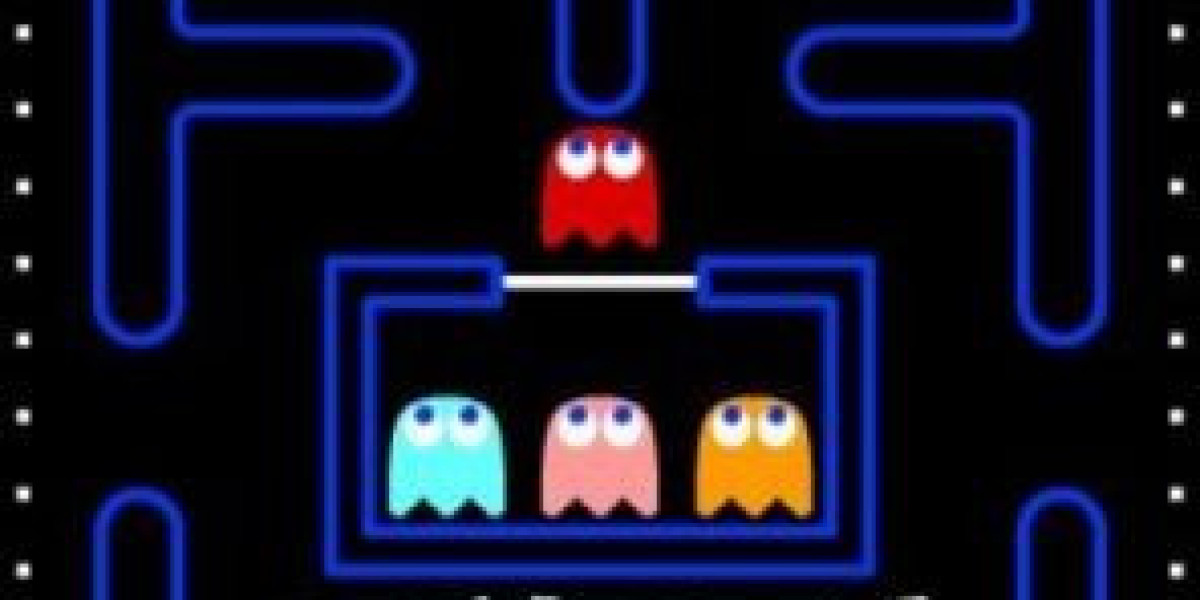While it's not exactly a store management game, thinking of Pacman as managing a rapidly dwindling food supply in a hostile environment provides a compelling (and deliciously cheesy) analogy. Forget crunching numbers; we're talking about crunching pellets and outsmarting ghosts! Let's dive into how you can approach Pacman with a management mindset.
Gameplay: More Than Just Munching
At its core, Pacman is simple. You, as the titular yellow hero, navigate a maze, gobbling up pellets while avoiding four colorful ghosts – Blinky (red), Pinky (pink), Inky (cyan), and Clyde (orange). Clear the maze of all pellets, and you advance to the next level, which usually brings faster ghosts and potentially more complex maze layouts.
However, the "store management" angle emerges when you consider the following:
Pellets as Resources: Each pellet represents a resource you need to acquire to "clear the store" (the maze) and move on to the next day (level). They’re your bread and butter, your basic inventory.
Power Pellets as Special Promotions/Limited-Time Offers: The four large, blinking power pellets are like your special promotions. They allow you to temporarily "turn the tables" and chase down the ghosts, increasing your scoring potential and clearing obstacles. They have a limited time window of effectiveness and require strategic deployment.
Ghosts as External Threats (Customers, Competitors, or Unexpected Costs): The ghosts represent the various external threats your "store" faces. They are always present, patrolling the aisles (maze) and actively trying to prevent you from achieving your goal (clearing the pellets). Each ghost has a slightly different "behavior" – Blinky usually chases you relentlessly, Pinky tries to ambush you, Inky is unpredictable, and Clyde tends to wander. These can be thought of as different customer types or different competitor strategies.
Fruit as Bonus Income/Special Deliveries: The fruit that appears periodically in the center of the maze represents a bonus income or special delivery of high-value goods. It's a temporary boost to your resources and score.
Lives as Capital: Each life is like your initial capital or "buffer" against mistakes. Losing all your lives means your "store" goes bankrupt (game over).
So, your goal isn't just to eat pellets. It's to efficiently manage your resources (pellets), use special promotions (power pellets) strategically, mitigate threats (ghosts), capitalize on opportunities (fruit), and preserve your capital (lives) to maximize your "store's" performance (score) and expansion (progressing through levels).
Tips for the Strategic Pac-Manager
Now that we've established the framework, let's explore some practical tips to improve your Pacman game with a management perspective:
Prioritize High-Traffic Areas: Focus on clearing pellets in areas with high density. This is like focusing on popular product categories in your store. Maximizing efficiency in these areas gives you the biggest return on investment (time spent).
Plan Your Routes (Inventory Flow): Don't just wander aimlessly. Think about the most efficient route to collect the pellets while minimizing your exposure to the ghosts. Consider the layout of the maze and identify patterns. This is akin to optimizing your store layout for efficient customer flow.
Time Your Power Pellet Activation (Marketing Campaigns): Don't use power pellets as soon as you see them. Analyze the ghosts' positions and activate the power pellet when you can maximize its effectiveness. This is like timing your marketing campaigns to coincide with peak demand or when competitors are weak.
Understand Ghost Behavior (Market Research): Learn the patterns of each ghost. Knowing how they behave will help you anticipate their movements and avoid them. This is like conducting market research to understand your customers and competitors.
Cut Your Losses (Risk Management): If you're in a dangerous situation, sometimes it's better to cut your losses and retreat. Don't risk a life for a few pellets. This is like knowing when to discontinue a product or abandon a marketing campaign that isn't working.
Maximize Bonus Opportunities (Seize Opportunities): When the fruit appears, prioritize collecting it. It provides a valuable boost to your score and can help you offset losses. This is like capitalizing on unexpected opportunities or market trends.
Observe and Adapt (Continuous Improvement): Pay attention to your mistakes and learn from them. Adapt your strategy as the game progresses and the ghosts become more challenging. This is like continuously analyzing your store's performance and making adjustments to improve efficiency and profitability.
Conclusion: From Maze to Management Master
Playing Pacman 30th Anniversary might seem like a simple arcade game on the surface. However, by applying a management mindset, you can turn it into a surprisingly engaging exercise in resource allocation, risk assessment, and strategic decision-making. Thinking of pellets as resources, ghosts as threats, and power pellets as strategic advantages allows you to approach the game with a new level of depth and purpose.
So, next time you fire up the game remember that you're not just eating pellets – you're managing a business! And who knows, maybe those skills you hone while evading Blinky will come in handy in your next real-world management challenge. Happy munching!



